In 1938 Nazism was at the height of its power, Austria was annexed and soon after the Sudetenland while British Prime Minister Neville Chamberlain tried to placate the beast with good words. In the fall, Polish Jews were expelled from the country and on November 9 there was a step forward against the rest in the so-called Night of Broken Glass. In this context, it seemed unimaginable that someone would try to extort money from Hitler, but that was precisely what happened and the person responsible turned out to be a small-time writer who bragged about having met him years ago.
Four years earlier, just after Hindenburg died, Hitler had assumed the functions of president, merging them with his position as chancellor and calling a plebiscite that, of course, he won by an overwhelming majority. With this, he began what would be the Third Reich, the one that would last a thousand years and in which loyalty, following the ideological principles of the party, was towards the Führer.
During the following years, Germany proceeded to reindustrialize through an economic policy that focused on reorganizing the extinct armed forces (of which Hitler appointed himself supreme commander) and coordinated with an aggressive foreign policy, so that the country became a world power although, de facto , given the fundamentally weaponized nature of its production, was riding toward the abyss.
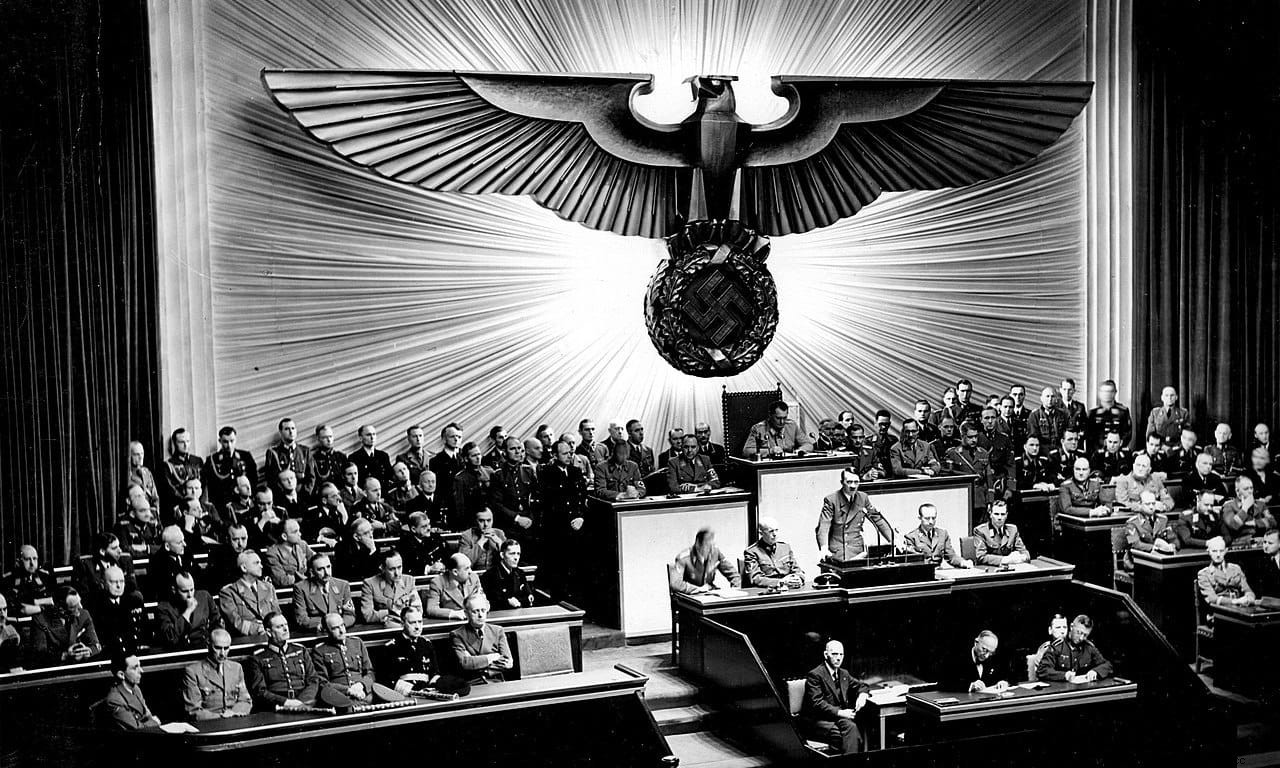
Those glory days contrasted with the not easy beginnings that had happened. Born in the Austrian town of Linz, Hitler was the third son of a customs officer (married to his own cousin) who used to raise his hand to him often, which led to his school failure. As an adult, while looking for a job, he tried to dedicate himself to his true vocation, painting, while he was steeped in Pan-Germanism and anti-Semitism.
In that first decade of the 20th century he tried several times to enter the Academy of Fine Arts in Vienna but without success and, in the meantime, he was experiencing real financial straits that forced him to stay in a miserable hostel and resort to soup kitchens.
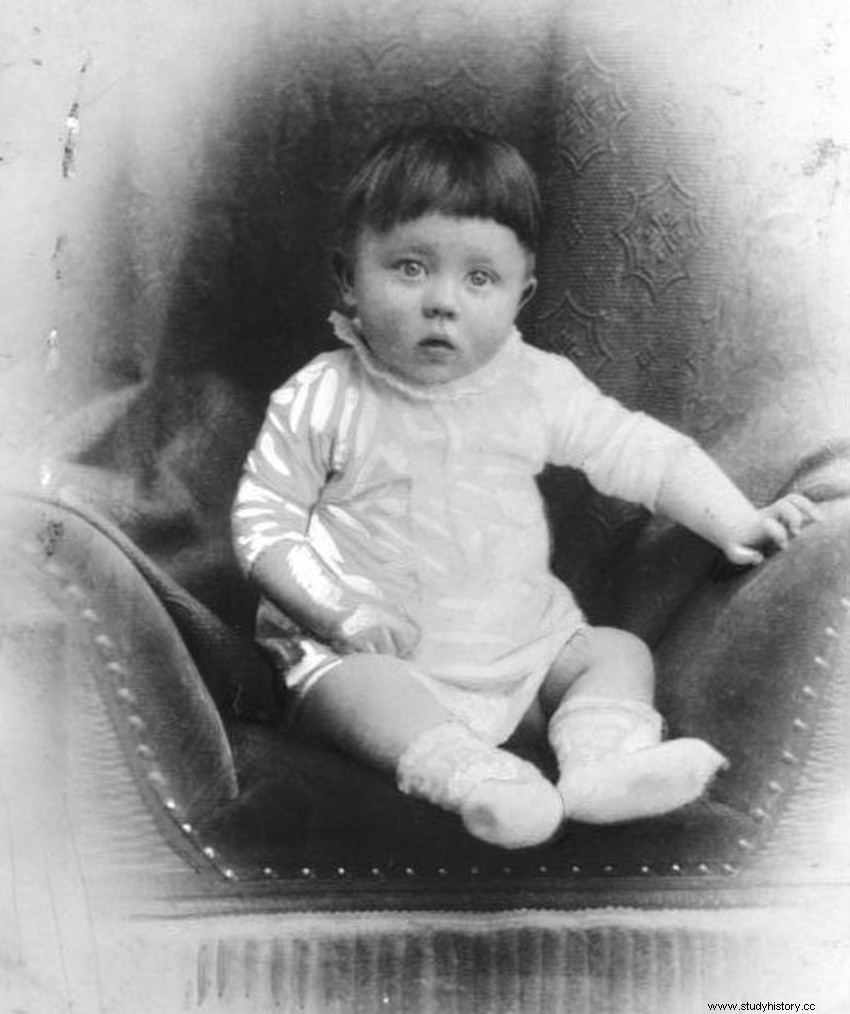
Exercising all kinds of unskilled trades, he managed to get by. In 1913 he improved his economic situation thanks to the family inheritance and the following year he entered the army despite the fact that he had initially been declared unfit.
Let us make a stop here in Hitler's biography to attend to that of Josef Greiner, an individual born in Styria (Austria) three years before Adolf. If the latter had moved to Vienna in 1906, Greiner did so in 1908 and, like him, held various jobs. In what was the great Central European metropolis of the time, he was forced to stay in a public men's dormitory called Meldemannstraße 27 ; there he stayed from January to April 1910.
Meldemannstraße 27 , which continued to be active until the 1990s, when it was closed when a more modern hostel was opened (although it was reopened in 2009, rehabilitated as a nursing home under the name Seniorenschlössl Brigittenau ), has a certain fame because it was also where Hitler landed, in his case longer:from 1910 to 1913. He arrived in February, which means that he coincided with Greiner for at least a couple of months. Both would meet, making friends when they were hired at the same time for one of those jobs, consisting of filling old cans with paint and then selling them at home.
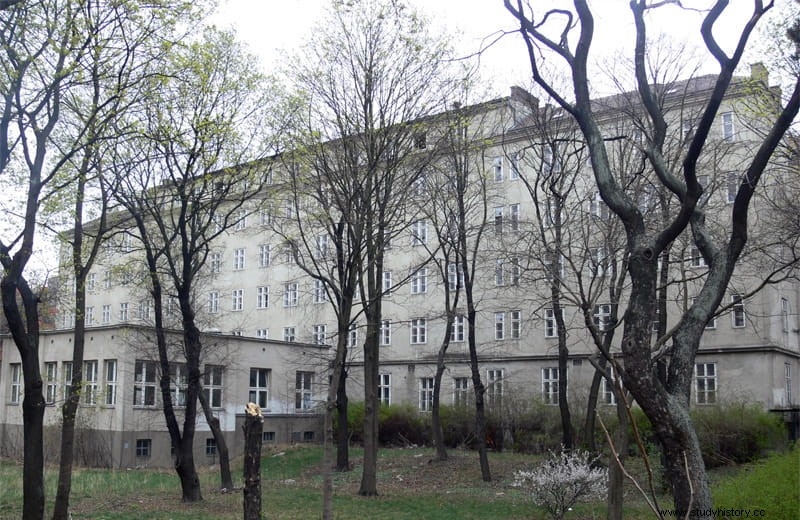
The fact is that, over time, both followed their respective paths. We already know about Hitler; after the First World War, in which he was wounded twice and only served (despite which he was awarded the Iron Cross), he reacted like many veterans humiliated by defeat and subsequent treatment:by embracing extremist ideologies , with a strong nationalist, anti-communist and anti-Semitic content that gradually took shape around the National Socialist German Workers' Party, whose leadership it managed to rise to in 1921.
For his part, Greiner developed a dark literary career of which what is interesting for this article is the curious book that in 1938 he sent to the Reich Chancellery. Just published, the title of it was Schrift Sein Kampf und Sieg. Eine Erinnerung an Adolf Hitler (His fight and his victory. A memory of Adolf Hitler) and in it he told how he had met the Führer decades ago, when the two shared a bedroom at the aforementioned Meldemannstraße 27 of vienna and were looking for a way out of poverty.
Greiner also sent copies to Mussolini, Göring, and Goebbels, indicating to the latter that the text could be used to reinforce propaganda extolling Hitler's rough beginnings. Unfortunately, the aforementioned did not see it that way.
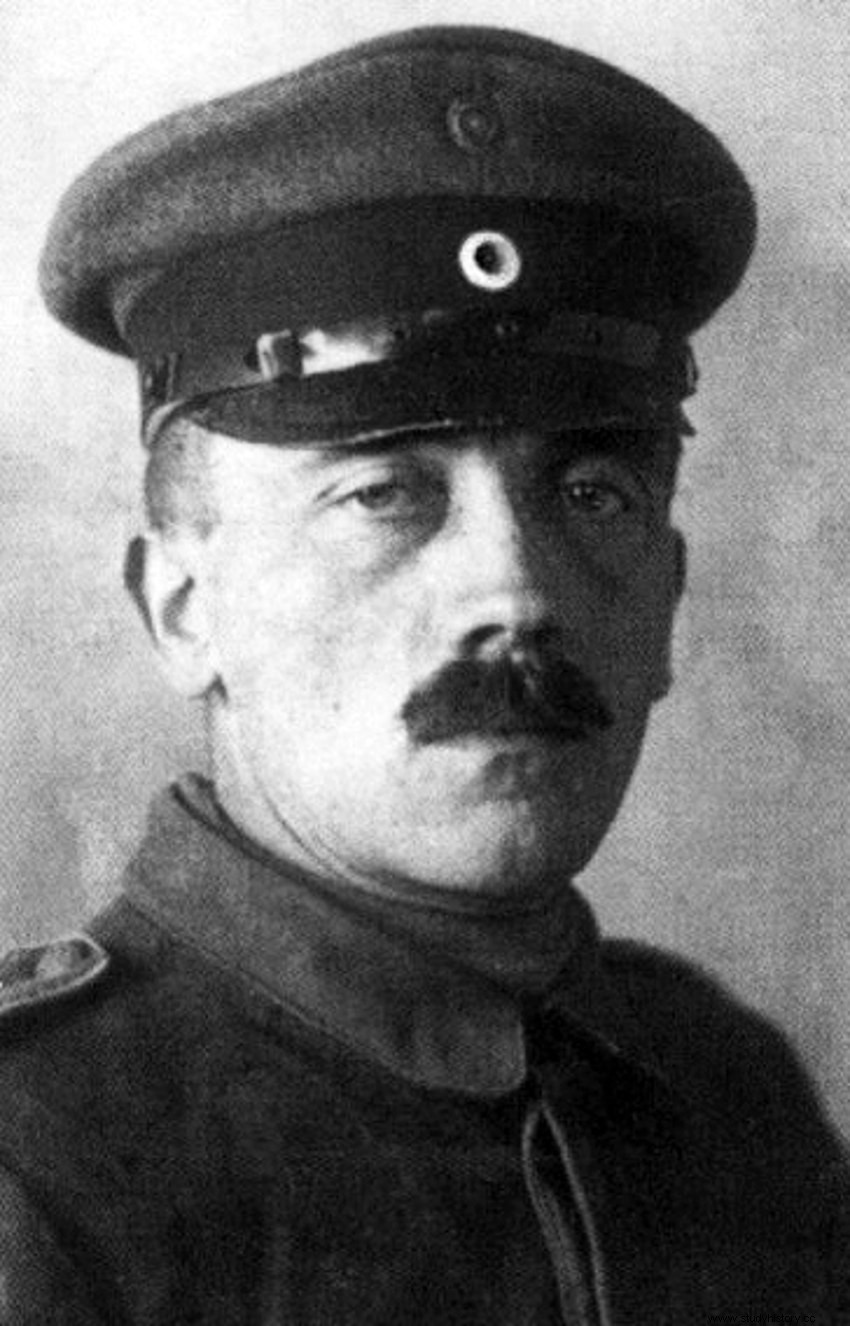
In fact, Hitler interpreted that proposal as a subtle attempt at blackmail, something that seemed to reinforce the fact that Greiner asked in return to lead the Ministry of Economy (since he presented himself as a businessman, rather than as a man of letters), so the book was banned and all copies seized.
There is no way of knowing the true intentions of the author, although it is clear that he was an opportunist, as can be deduced from his subsequent actions. Because although Schrift Sein Kampf und Sieg. Eine Erinnerung an Adolf Hitler contains excessive praise to the Führer, among them the consideration of genius or messiah, at the end of World War II Greiner published a completely opposite new work.
He titled it Das Ende des Hitler-Mythos (The end of the Hitler myth) and in it the portrait he makes of the character is very different, narrating attacks on Jews, the rape of a model and the contagion of syphilis after having relations with a prostitute in Leopoldstadt (a Viennese neighborhood where concentrated the Jewish community).
The number of inaccuracies detected lead us to think that either his memory was failing him (such as the fact of placing Hitler in Vienna in 1908 when in reality he arrived two years later) or he was drawing a lot of imagination (as far as is known, Hitler never painted models in Vienna , because what attracted him was architecture above all).
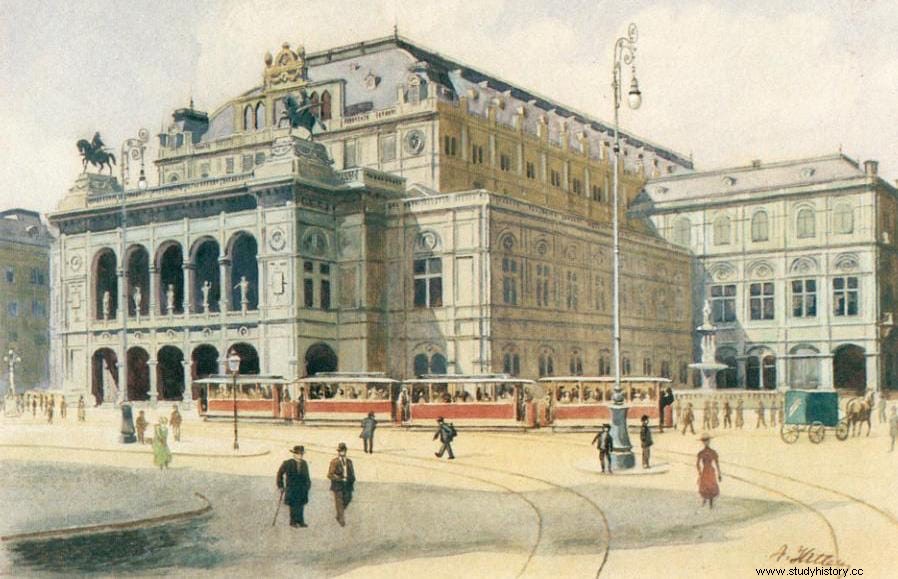
The fact that he claimed that in 1945 the German chancellor did not die in his Berlin bunker but managed to escape on a plane or that he presented himself as an opponent of Nazism because he did not belong to the party (when it seems that he repeatedly tried to join times and was rejected), claiming to have collaborated with the Austrian resistance, do not help in that of credibility either.
Perhaps for this reason in the files of the government archives he appears as a mere extortionist and today it is a general opinion that he never knew Hitler.
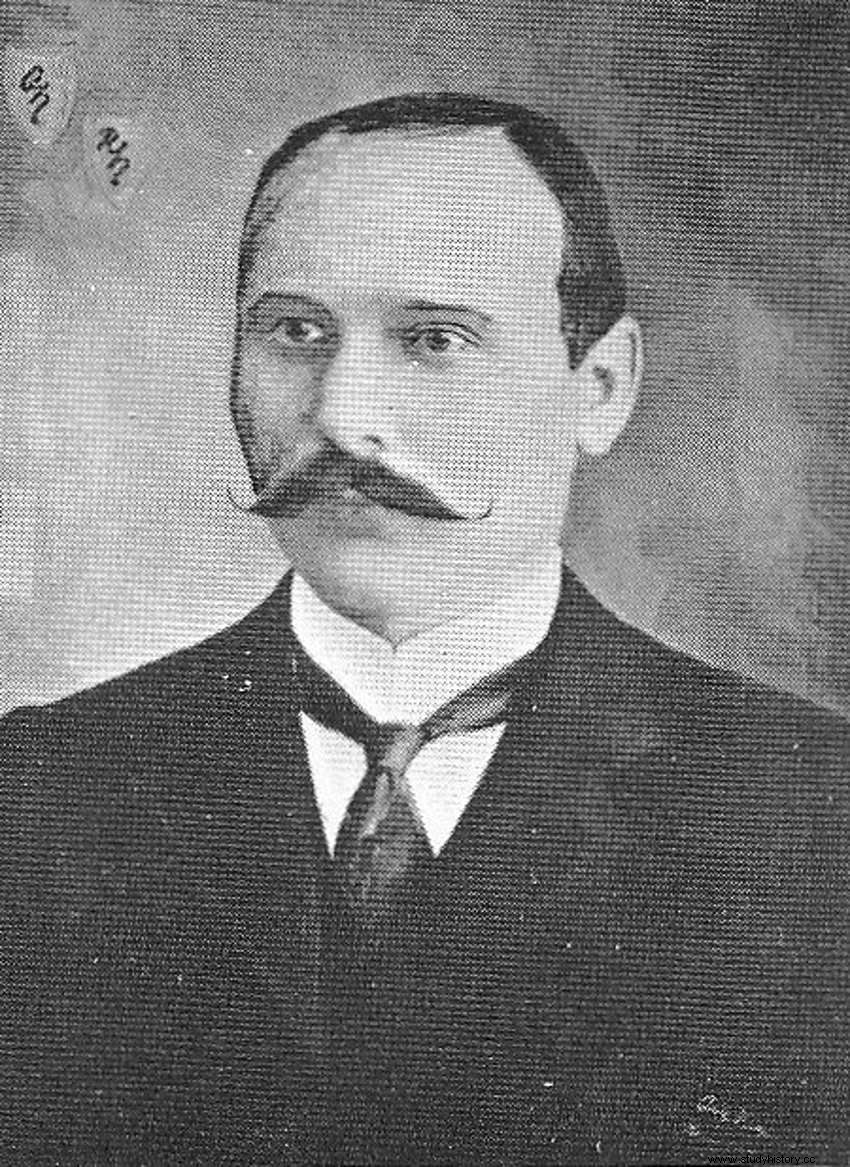
The main source to get started on all this is an essay he published in 1939 in the New York magazine The New Republic with testimonials from Reinhold Hanisch. They are first-hand because, unlike Greiner, it is proven that Hanisch was a companion of the future chancellor in Vienna. Austrian emigrant from a noble but ruined family, lived with him at Meldemannstraße 27 and both became associated in work, sharing the meager profits from the watercolors that Hitler painted and Hanisch sold.
But Hanisch was not clean wheat and, in fact, had already been imprisoned once for theft. Hitler accused him of keeping the full amount of a painting and they parted ways. Hitler found another seller who later denounced Hanisch to avoid competition from him, since he had started painting too; He was sentenced to a week in jail and since then Hanisch dedicated himself to vilifying his former partner, assuring that he was indolent, that he had never worked as a worker (something that Hitler boasted about) and that he had Jewish friends.
In the twenties and thirties Hanisch dedicated himself to art and, true to his habit of breaking the law, he sold his own watercolors with Hitler's signature, which made him spend several more months in the shade. In 1936 he reoffended and was arrested again; When searching his room, in addition to forgeries, several manuscripts about the Führer were found.
Hanisch died in prison in 1937 while Himmler was searching for all his works - pictorial and written - to destroy them. Some survived and, as we said before, were published in the American magazine, although it is difficult to know how authentic they are.
Going back to Josef Greiner, in any case he was beyond discouragement and in 1947 he also sent him a copy of Das Ende des Hitler-Mythos to Stalin himself, incidentally offering him his services as a mediator in trade relations between the Soviet Union and Germany (the country had not yet split in two). Again the businessman, well, although he no longer had room for action because his death surprised him that same year in Brazil; Interestingly, in the Amazon region there is a tomb of a Josef Greiner who died in 1936 during Operation Guyana (a Nazi expedition sent to assess a possible colonization of the place).
